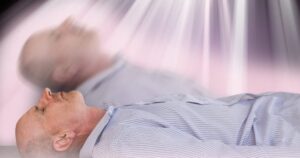About 15 minutes before a str0ke, the body usually sends out 4 clear signals
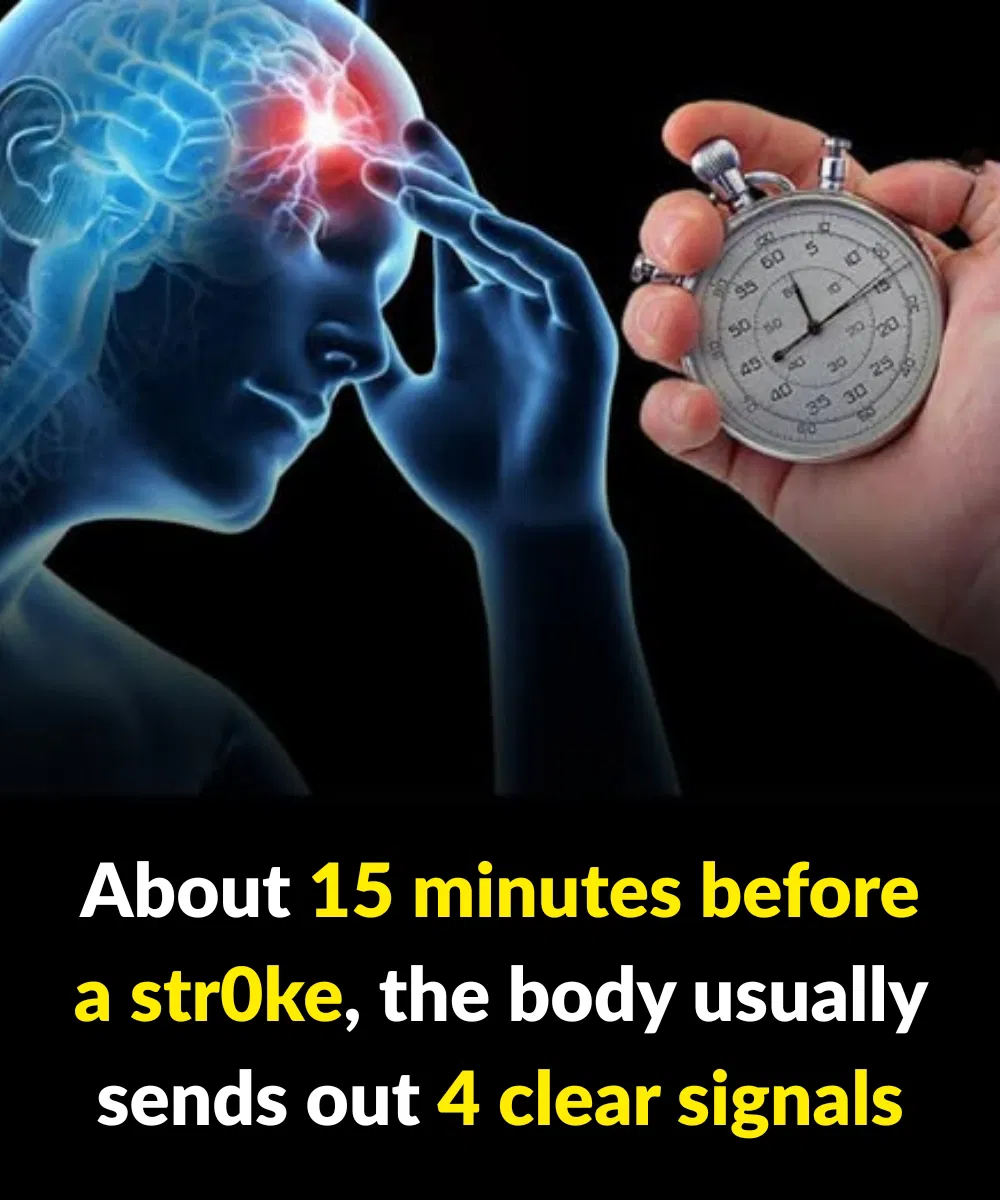
A str0ke is a medical emergency that happens when the bl00d supply to the brain is interrupted, leading to brain damage, disability, or even d3ath. The good news is that your body often gives war:ning signs up to 15 minutes before a str0ke happens.
In the article, we’ll explore the 4 clear warn:ing signs of a str0ke, what to do if you or a loved one experiences them, and how to prevent str0kes in the future.
1. Sudden Numbness or Weakness (Especially on One Side of the Body)
One of the most popular early warning signs of a str0ke is a sudden loss of feeling or weakness in the face, arms, or legs—often affecting only one side of the body.
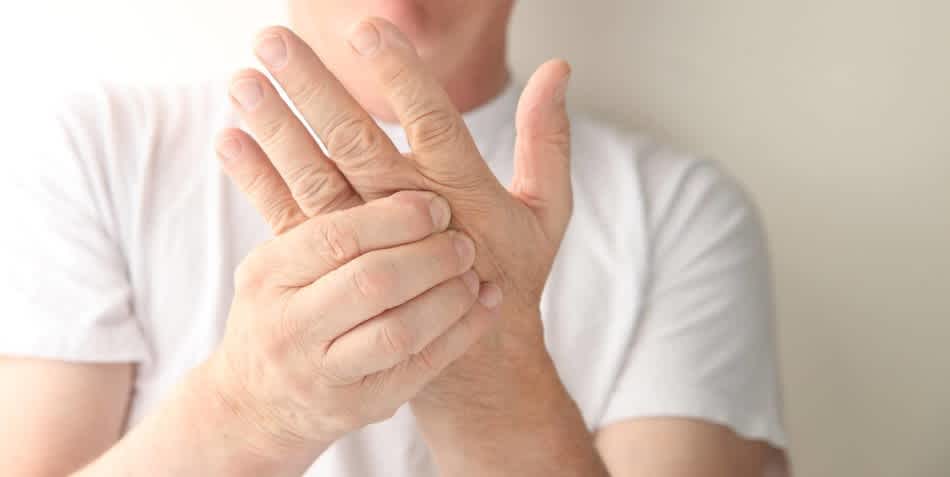
✔ Why It Happens:
A stroke happens when blood flow to the brain is blocked, preventing oxygen from reaching key areas that control movement.
This causes muscle weakness or paralysis, typically affecting one side of the body.
🚨 How to Recognize It:
Ask the person to raise both arms. If one arm drifts downward, this is a war:ning sign.
Look at their face. One side may droop when they try to smile.
Check their grip. One hand may feel much weaker than the other.
💡 What to Do:
Call emergency services immediately if you spot this symptom.
Don’t wait for it to go away—every minute counts!
2. Confusion, Slurred Speech, or Difficulty Understanding
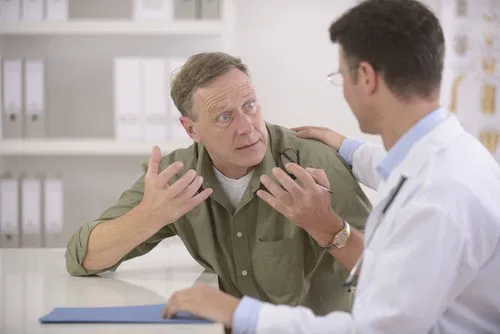
If someone suddenly has trouble speaking, understanding words, or forming sentences, they may be having a str0ke.
✔ Why It Happens:
A stroke can destr0y the parts of the brain responsible for language, causing difficulty speaking or understanding conversations.
🚨 How to Recognize It:
Ask them to repeat a simple sentence like “The sky is blue.”
If they slur their words, speak incomprehensibly, or seem confused, it’s a red flag.
💡 What to Do:
Stay calm and talk slowly to the affected person.
Call for medical help immediately
3. Severe Headache and Dizziness Without a Clear Cause
A sudden, extremely painful headache often considered as “the worst headache of my life”—can be a sign of a str0ke.
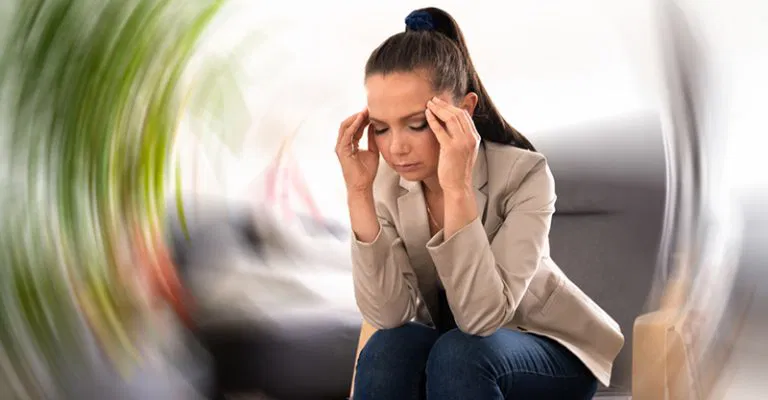
✔ Why It Happens:
A stroke can cause a ruptured bl00d vessel in the brain, leading to a hemorrhagic str0ke (brain bleed). This leads to intense pressure, pain, and dizziness.
🚨 How to Recognize It:
The headache begins suddenly and severely.
The person may feel dizzy, nauseous, or even faint.
Light or sound may feel overwhelming.
💡 What to Do:
Don’t neglect the pain! Call an ambulance right away.
4. Vision Problems or Loss of Coordination
Blurred vision, difficulty seeing in one or both eyes, or trouble walking straight can all be bad signs of an impending str0ke.
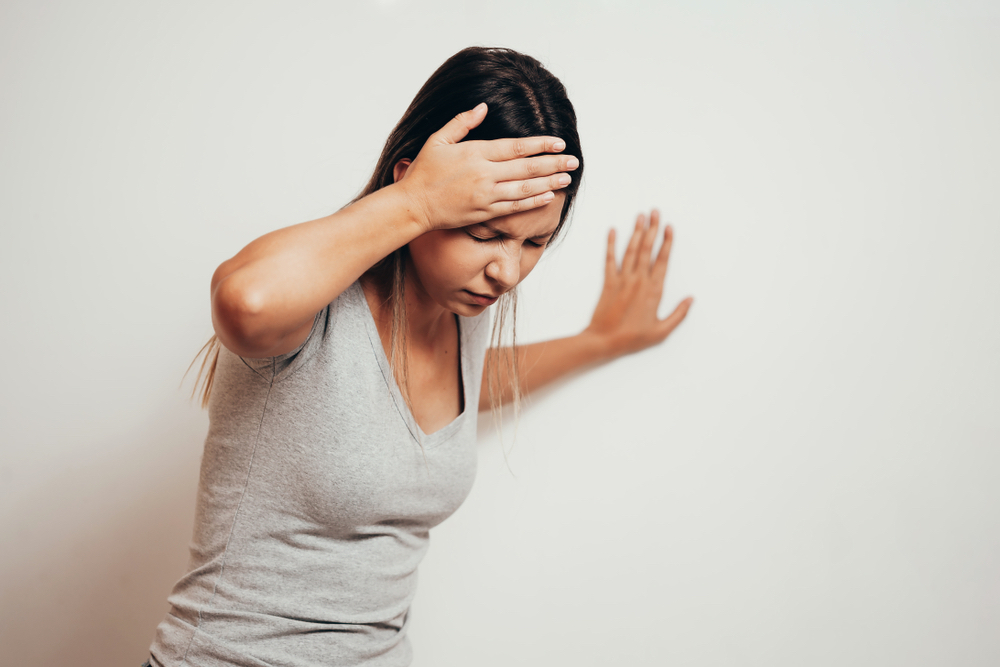
Feeling Off-Balance? The Problem Might Be in Your Ears – Keck Medicine of USC
✔ Why It Happens:
A stroke impacts on the brain’s ability to process visual information and handle balance.
🚨 How to Recognize It:
The person may suddenly have trouble seeing in one or both eyes.
They might stumble, feel dizzy, or lose their balance.
They may appear disoriented and unable to walk normally.
💡 What to Do:
Help the person sit down to prevent falls.
Call emergency services right away.
Do not give them food, drinks, or medication until medical professionals arrive.
What to Do If You Suffer from a Stroke – FAST Action Saves Lives!
🚨 Use the F.A.S.T. Method to Solve a Stroke:
✅ F – Face Drooping: Ask the person to smile. Does one side of their face droop?
✅ A – Arm Weakness: Ask them to lift both arms. Does one drift downward?
✅ S – Speech Difficulty: Ask them to say a simple sentence. Do they slur or struggle?
✅ T – Time to Call 911: If you spot ANY of these signs, call emergency services immediately!
💡 Why Time Matters:
Every second counts—brain cells begin dying within minutes.
Immediate medical attention can prevent permanent disability.
Str0ke treatments like clot-busting drugs work best within 3 hours of symptom onset.
In conclusion, recognizing the early signs of a stroke can significantly improve the chances of survival and recovery. The key is acting quickly—time is of the essence when it comes to treating a stroke. The faster medical professionals can intervene, the better the outcomes. If you or someone around you exhibits any of the warning signs mentioned, don’t hesitate to call emergency services. The F.A.S.T. method—Face drooping, Arm weakness, Speech difficulty, and Time to call 911—can help you identify whether someone is experiencing a stroke.
It is also crucial to take preventive measures in order to lower the risk of strokes. Maintaining a healthy lifestyle with regular exercise, a balanced diet, and managing chronic conditions such as high blood pressure and diabetes are essential. Avoid smoking, limit alcohol intake, and ensure that you’re taking steps to manage stress. Staying on top of your health and regularly checking in with your doctor can help detect potential risk factors early and prevent strokes from occurring.
Being aware of the signs of a stroke and what actions to take in an emergency can save lives. We often overlook the importance of these warning signals, but they are there to give us the opportunity to act fast and prevent irreversible damage. Stay informed, stay alert, and remember that acting promptly can make all the difference in the outcome of a stroke.
